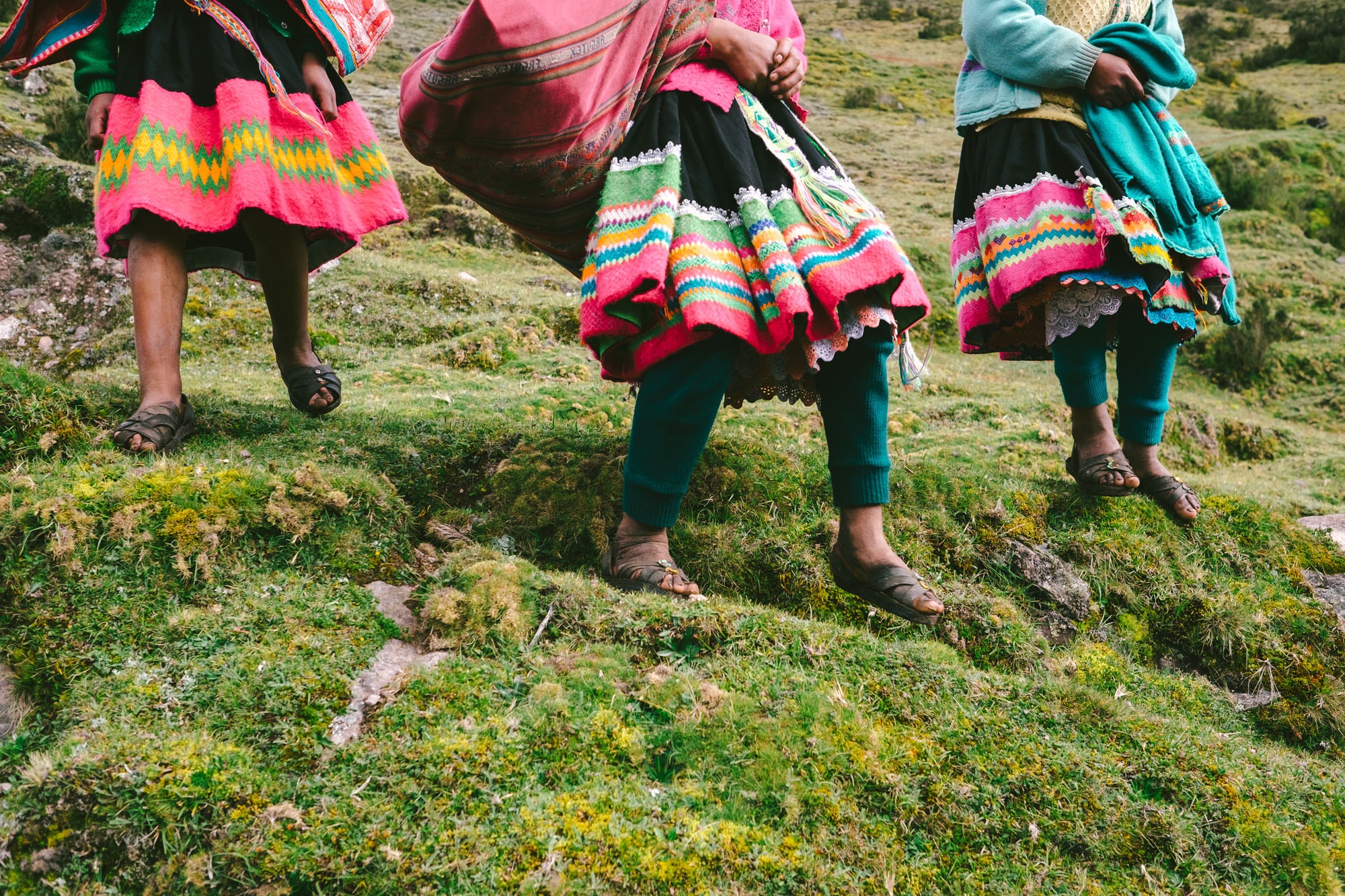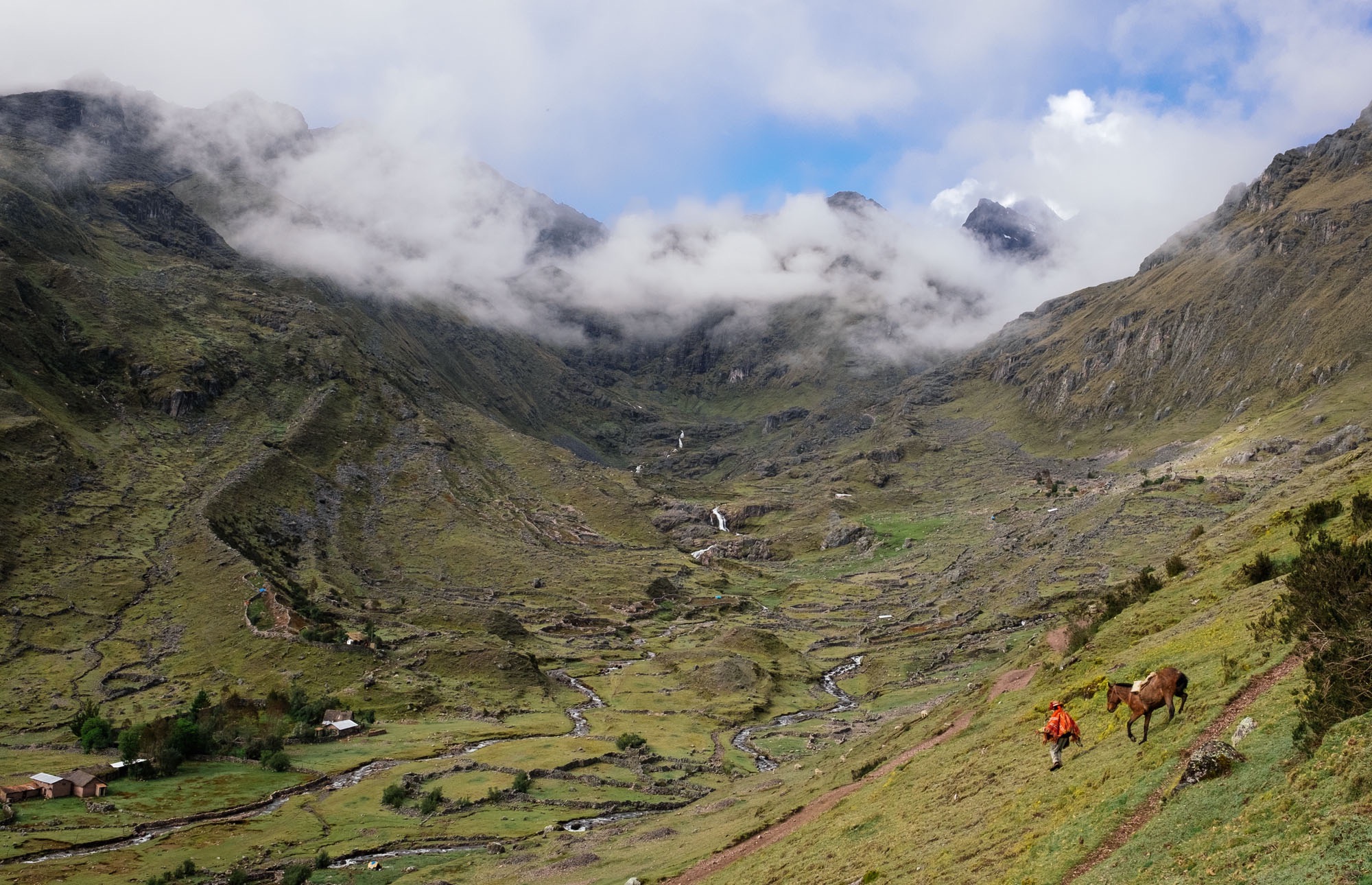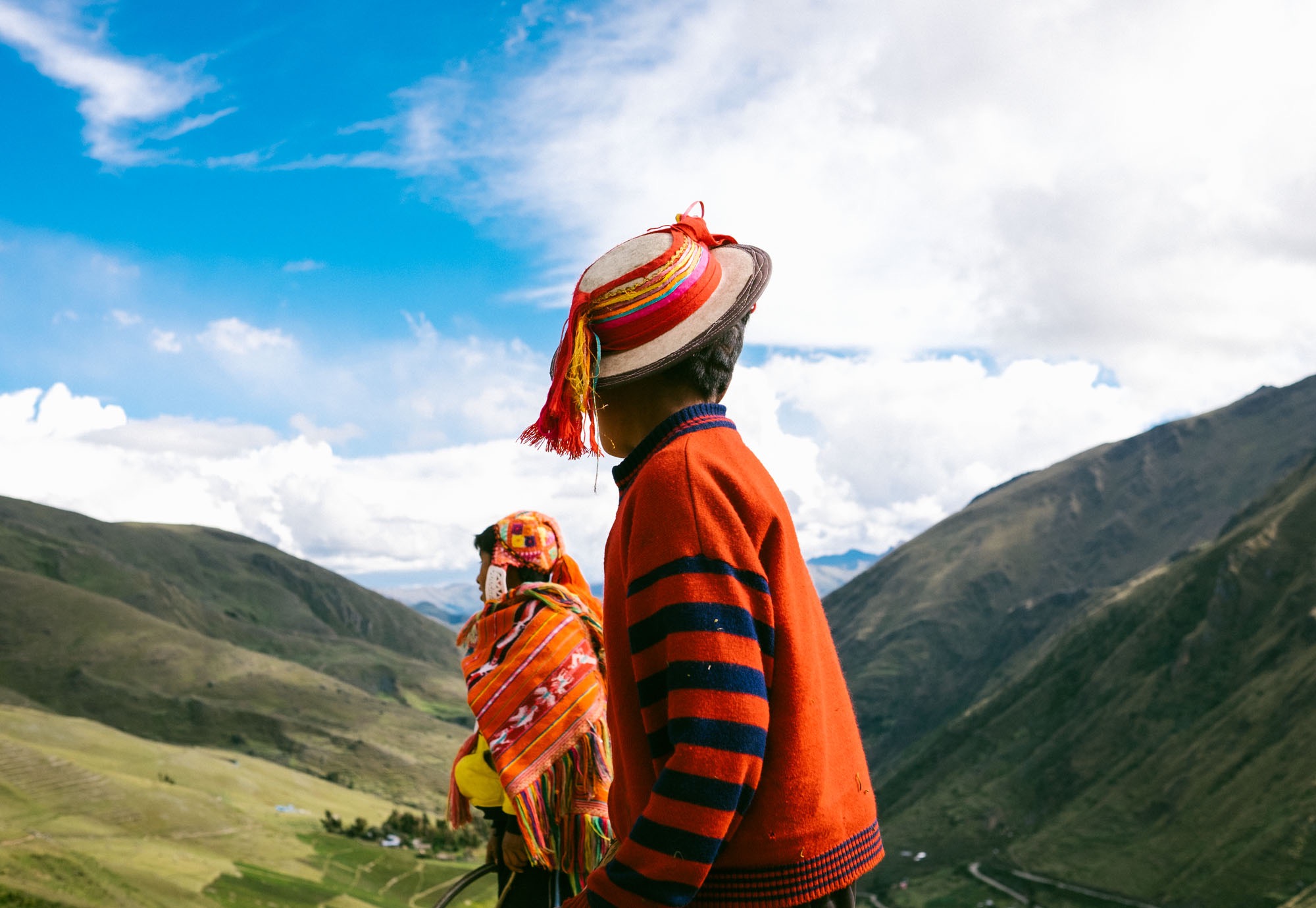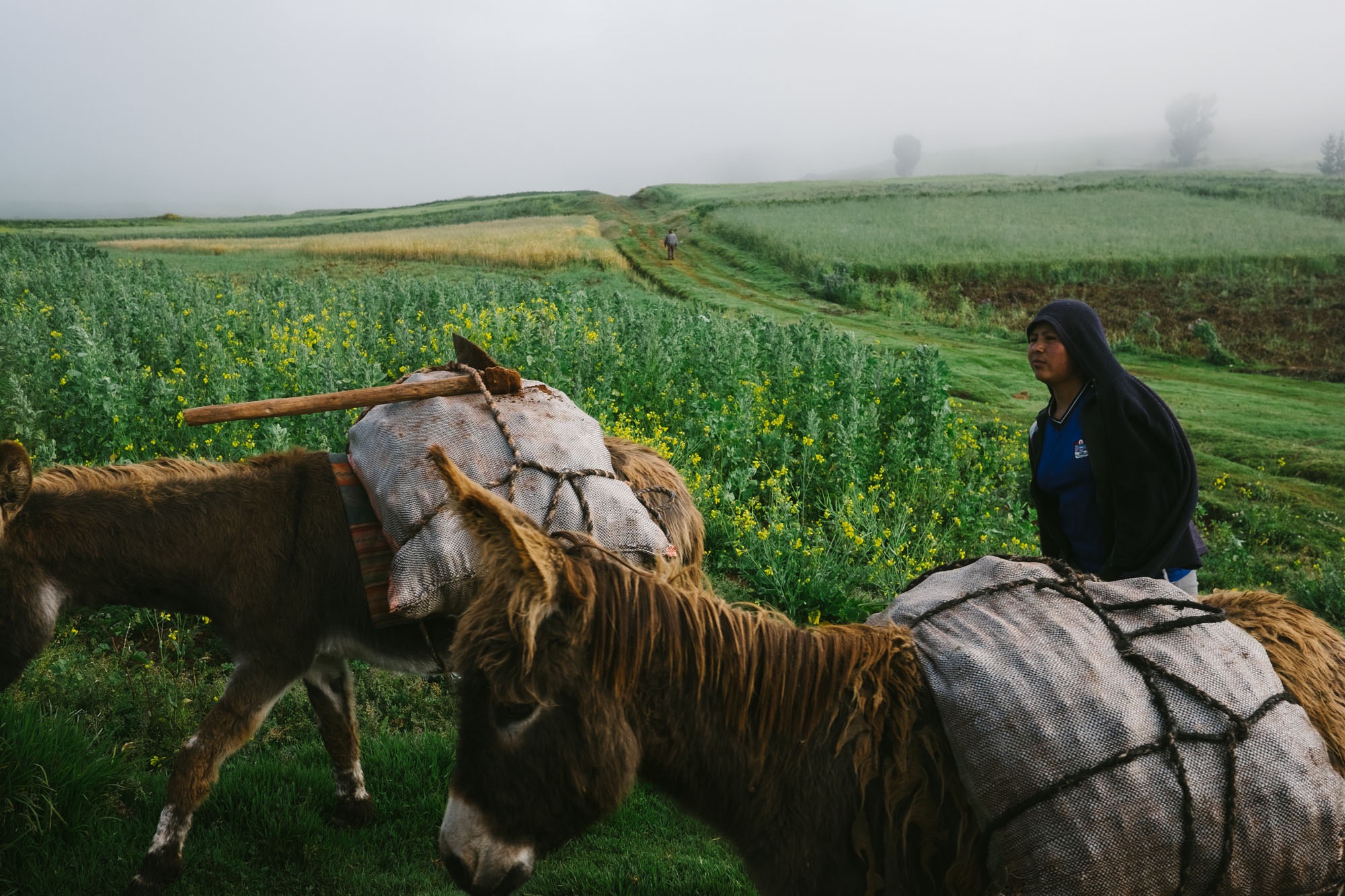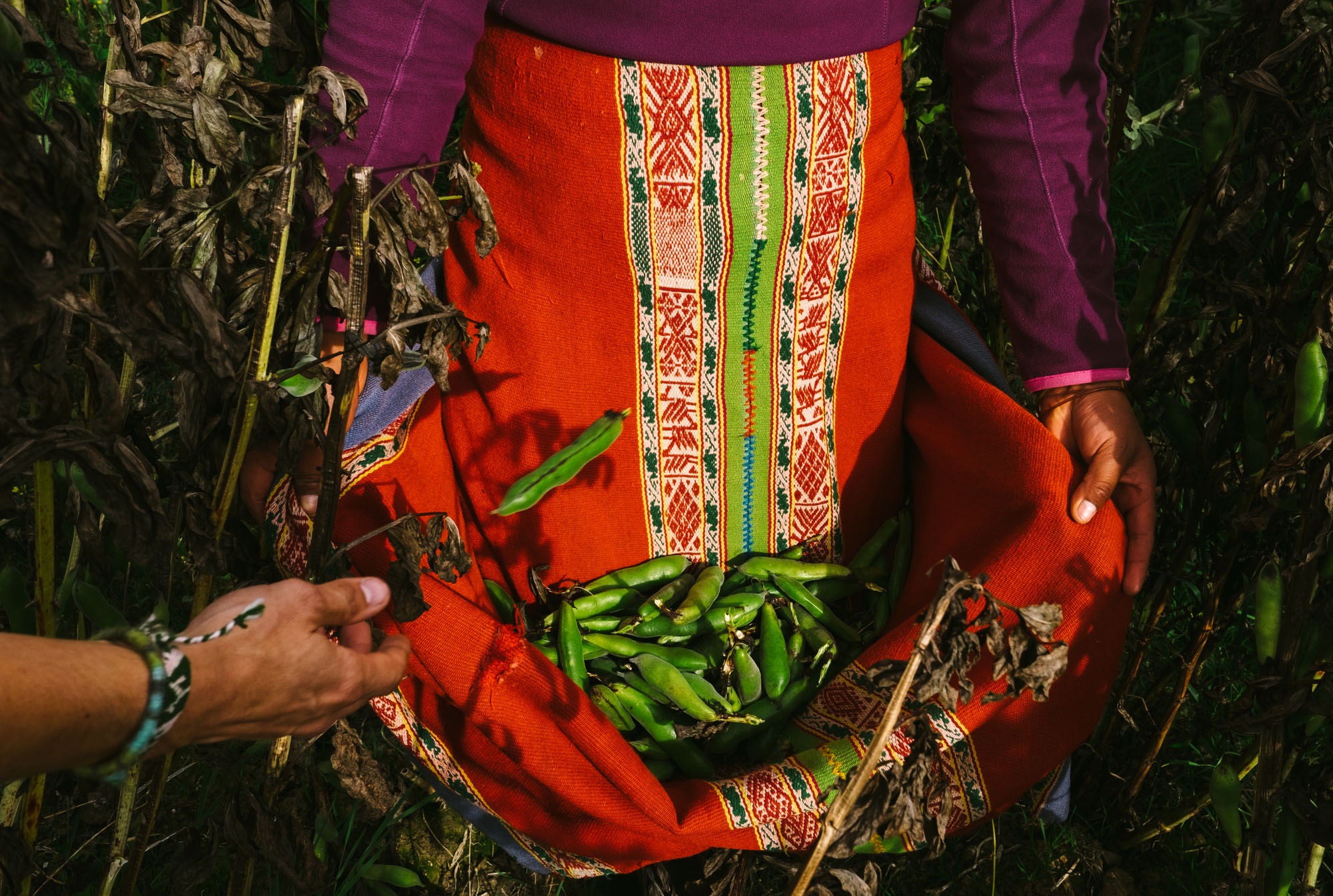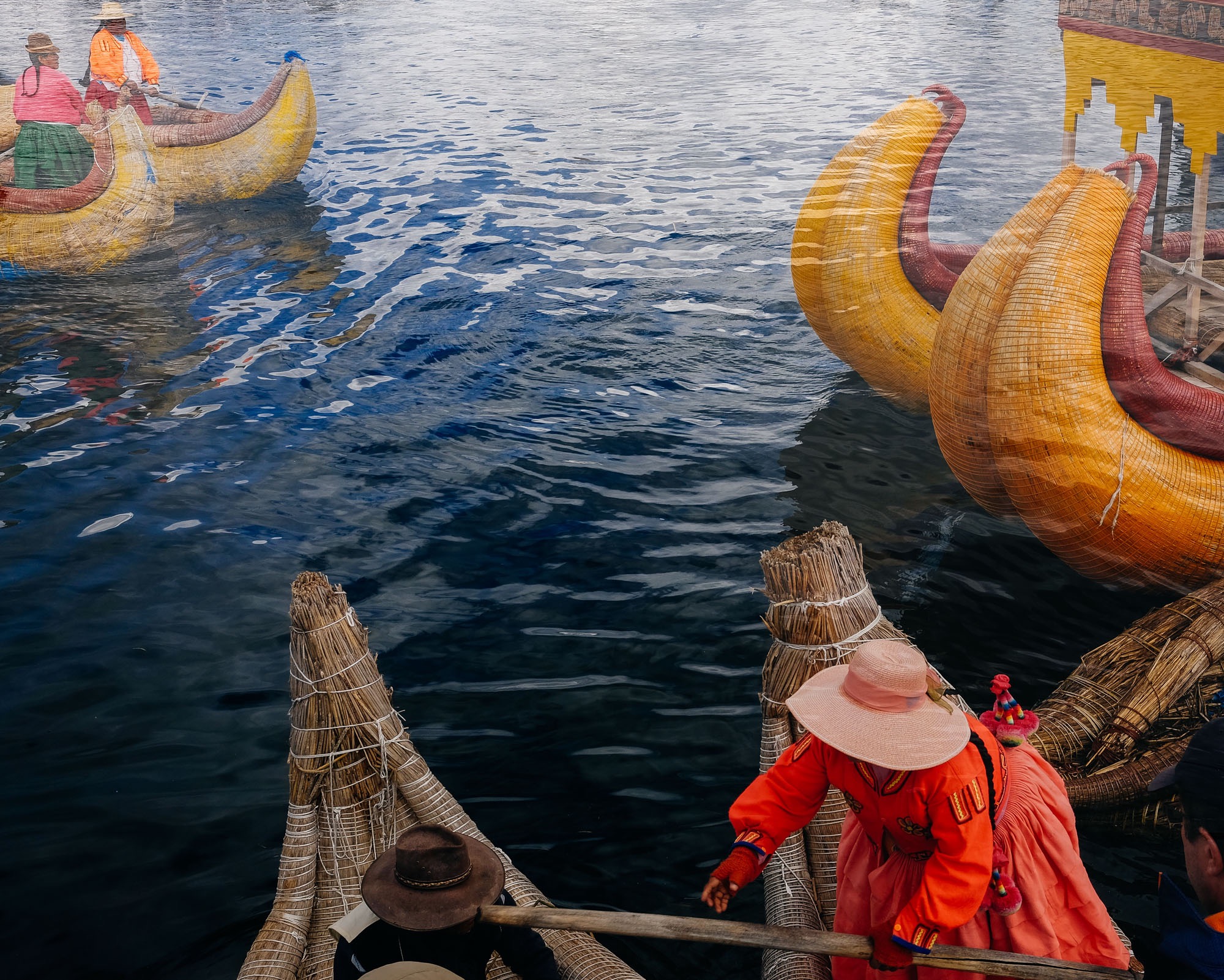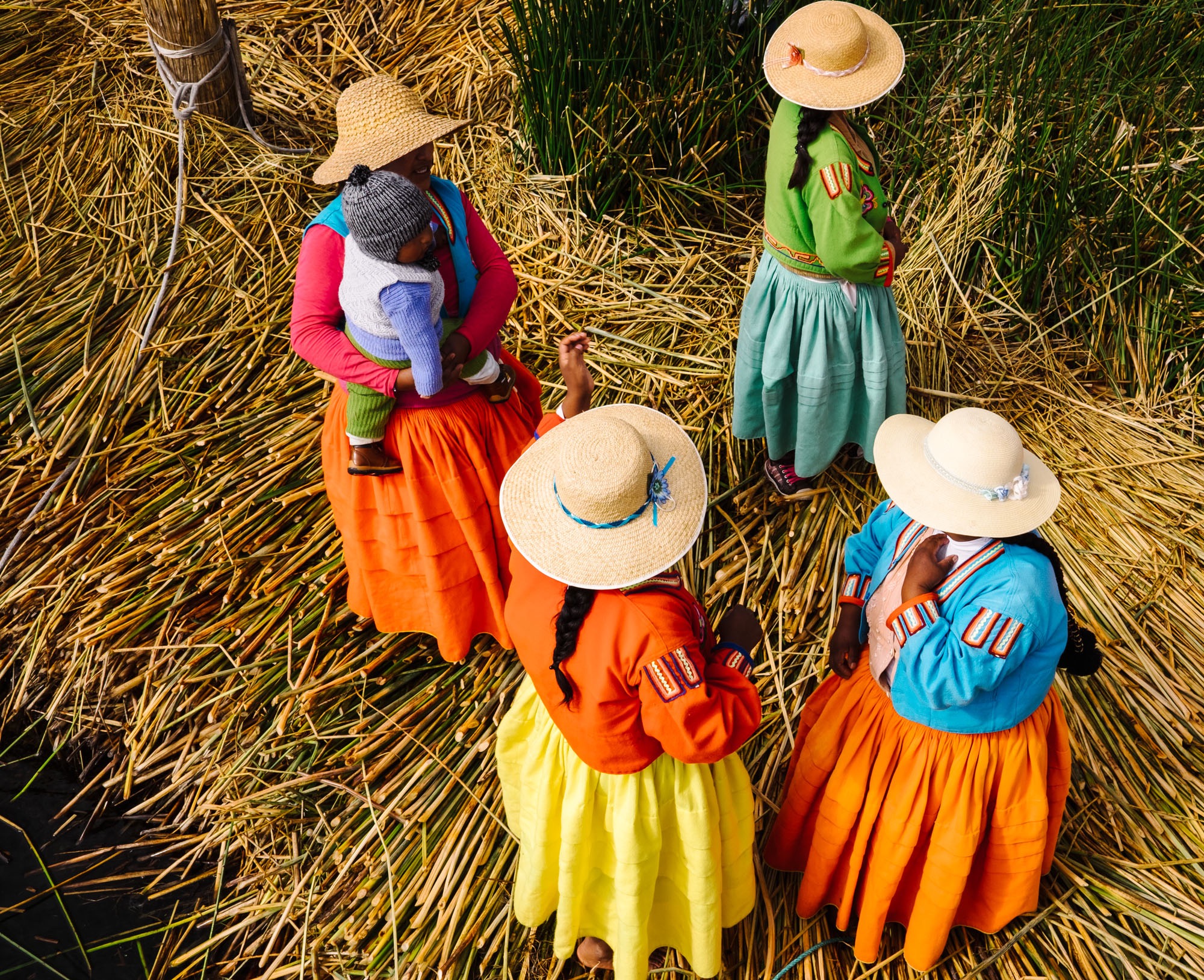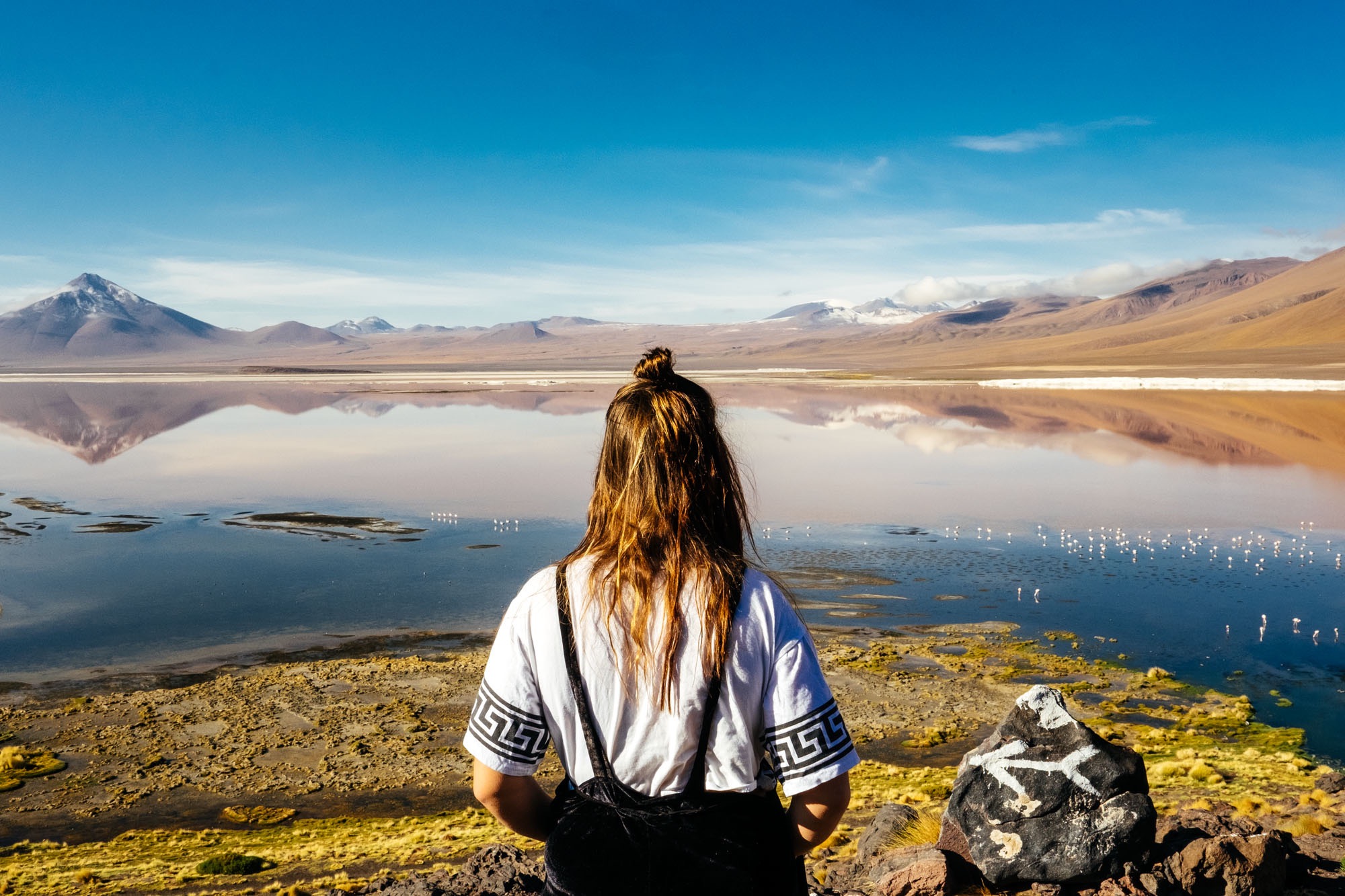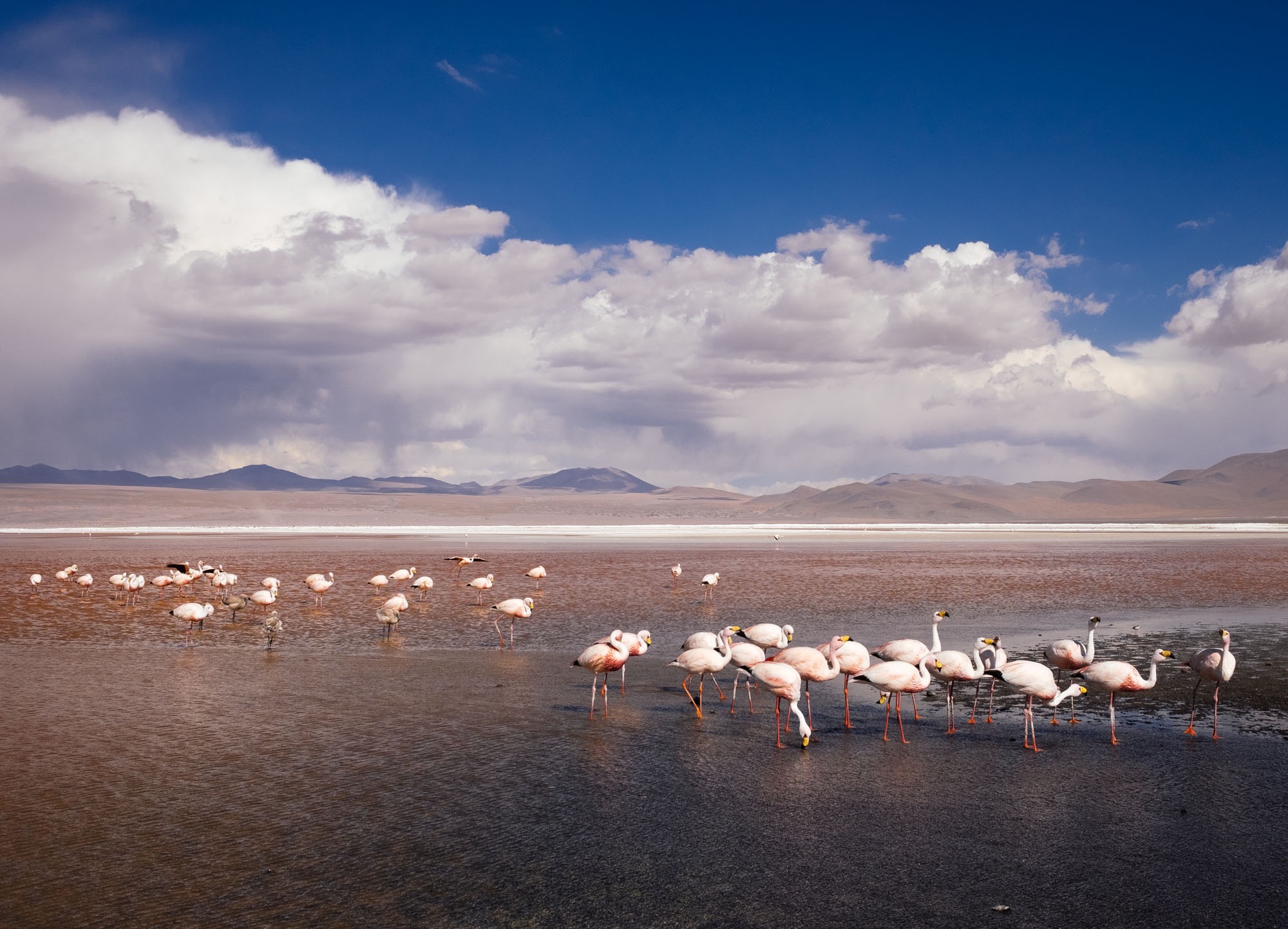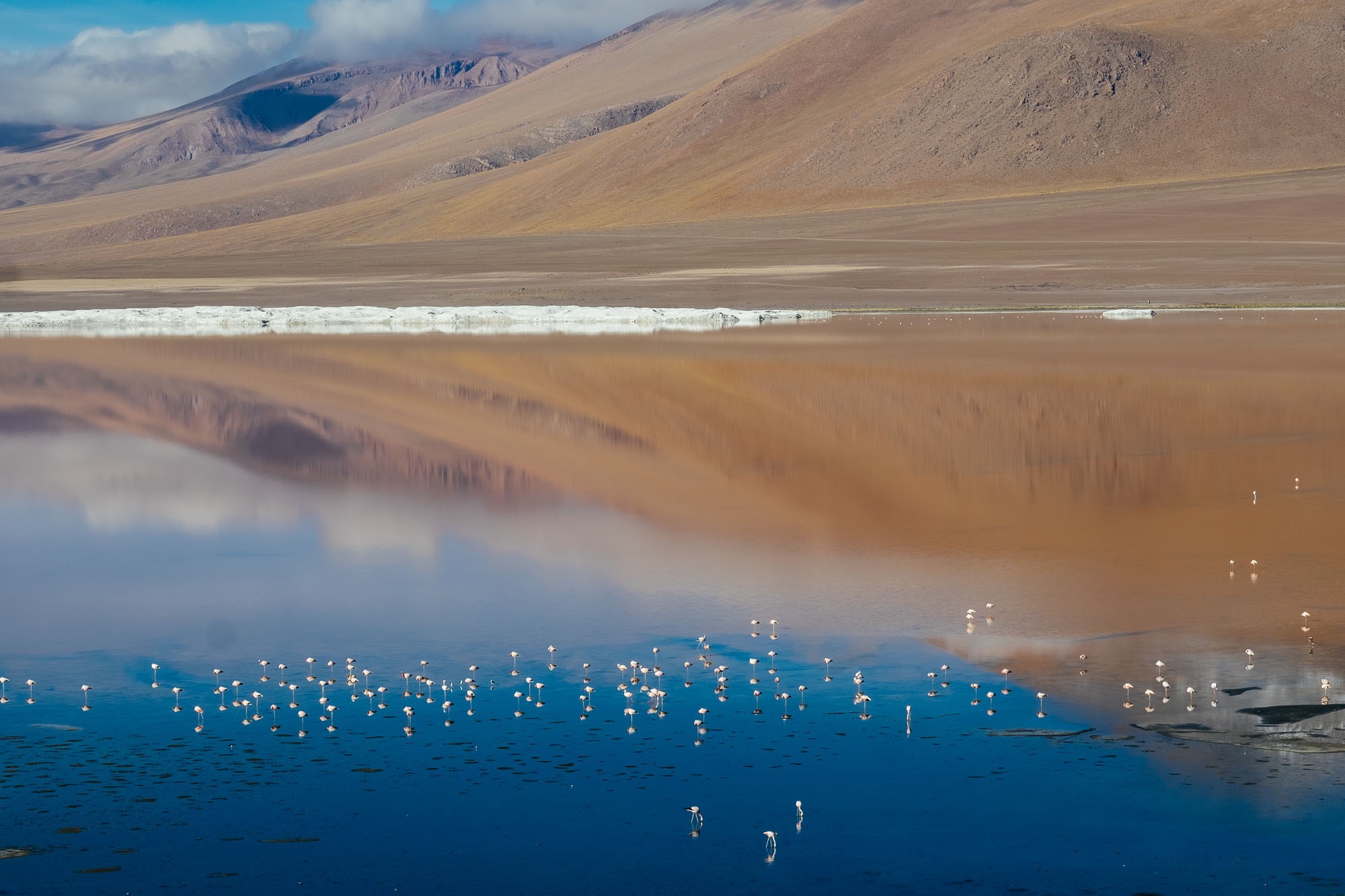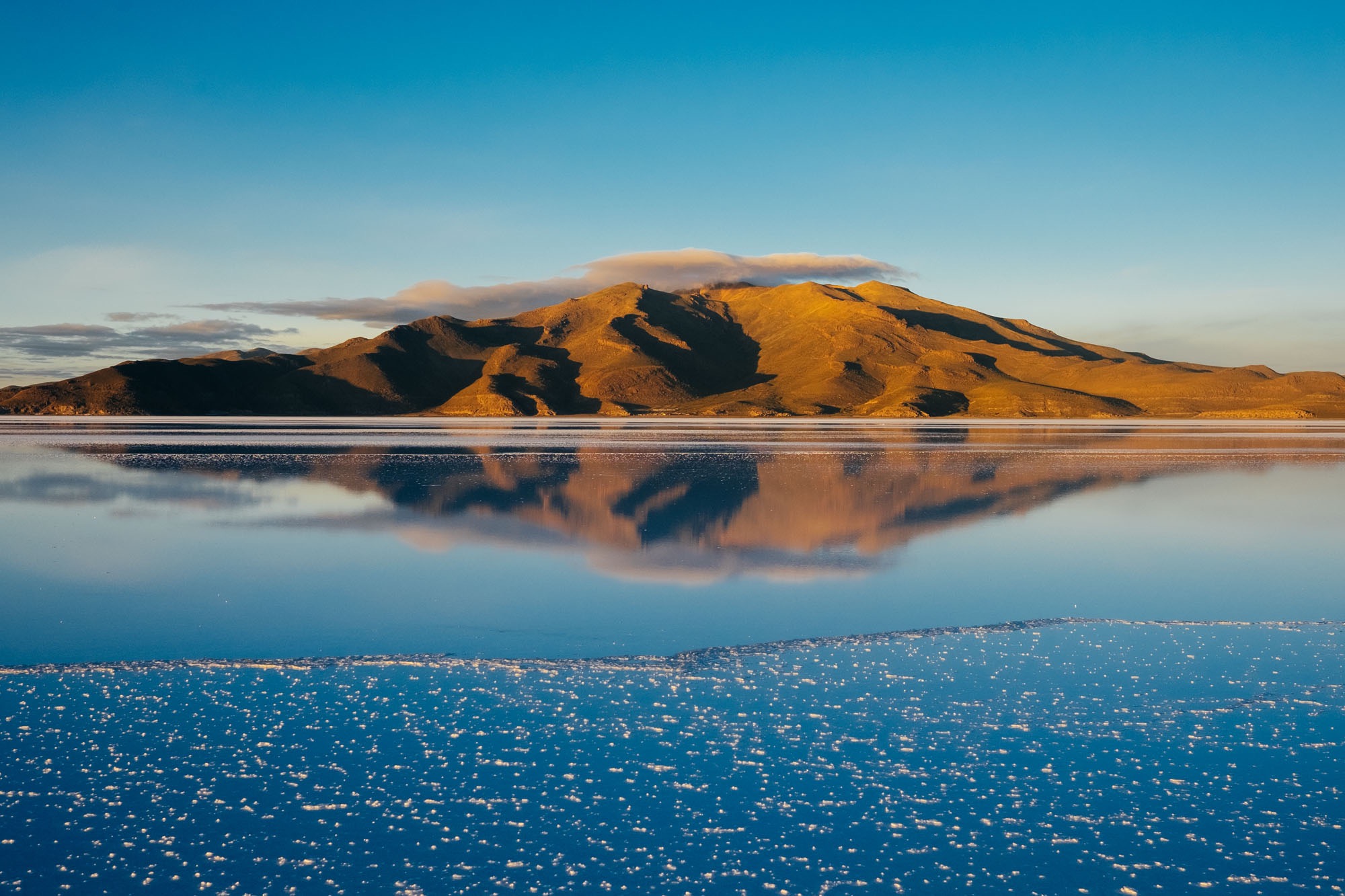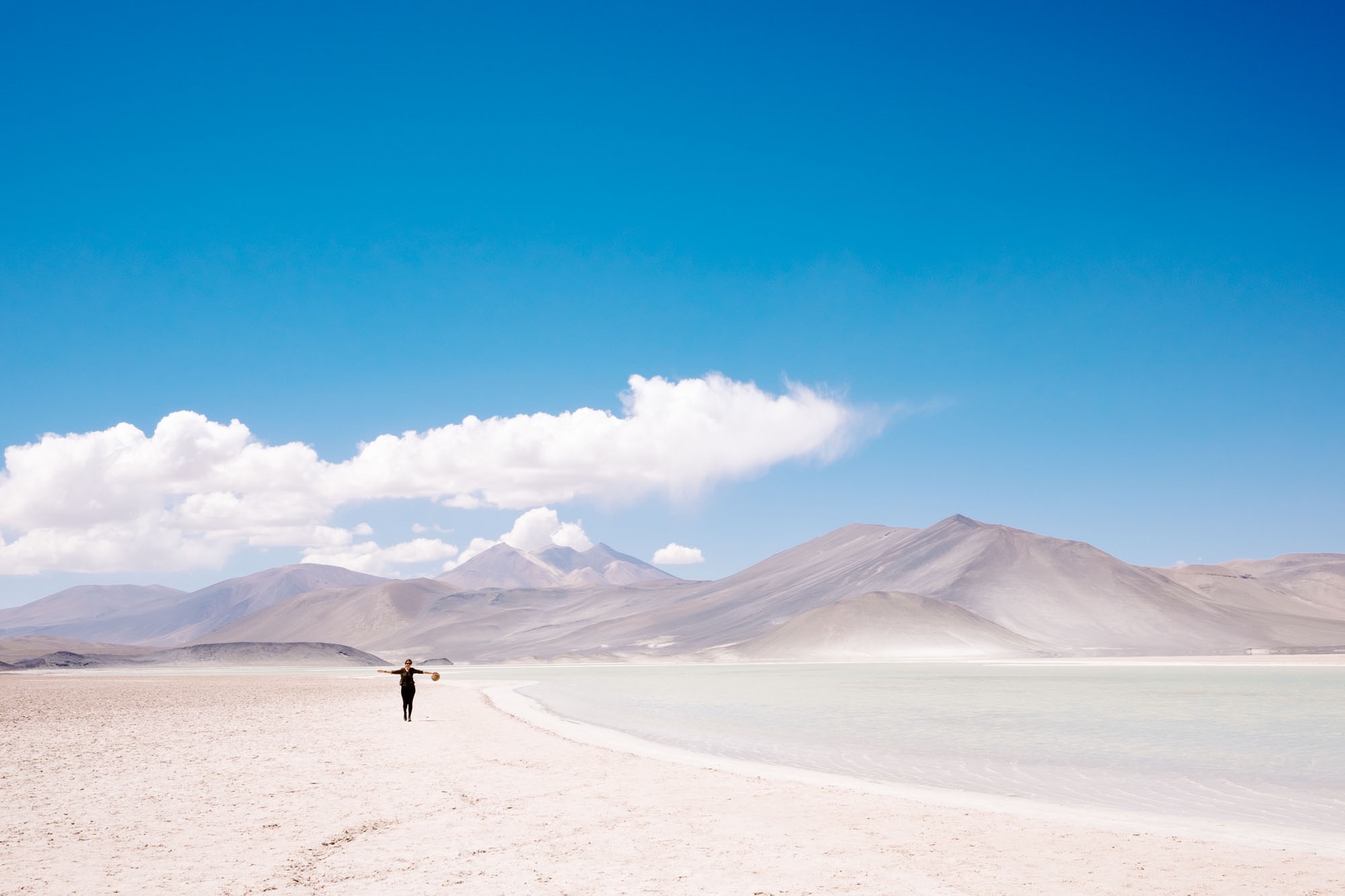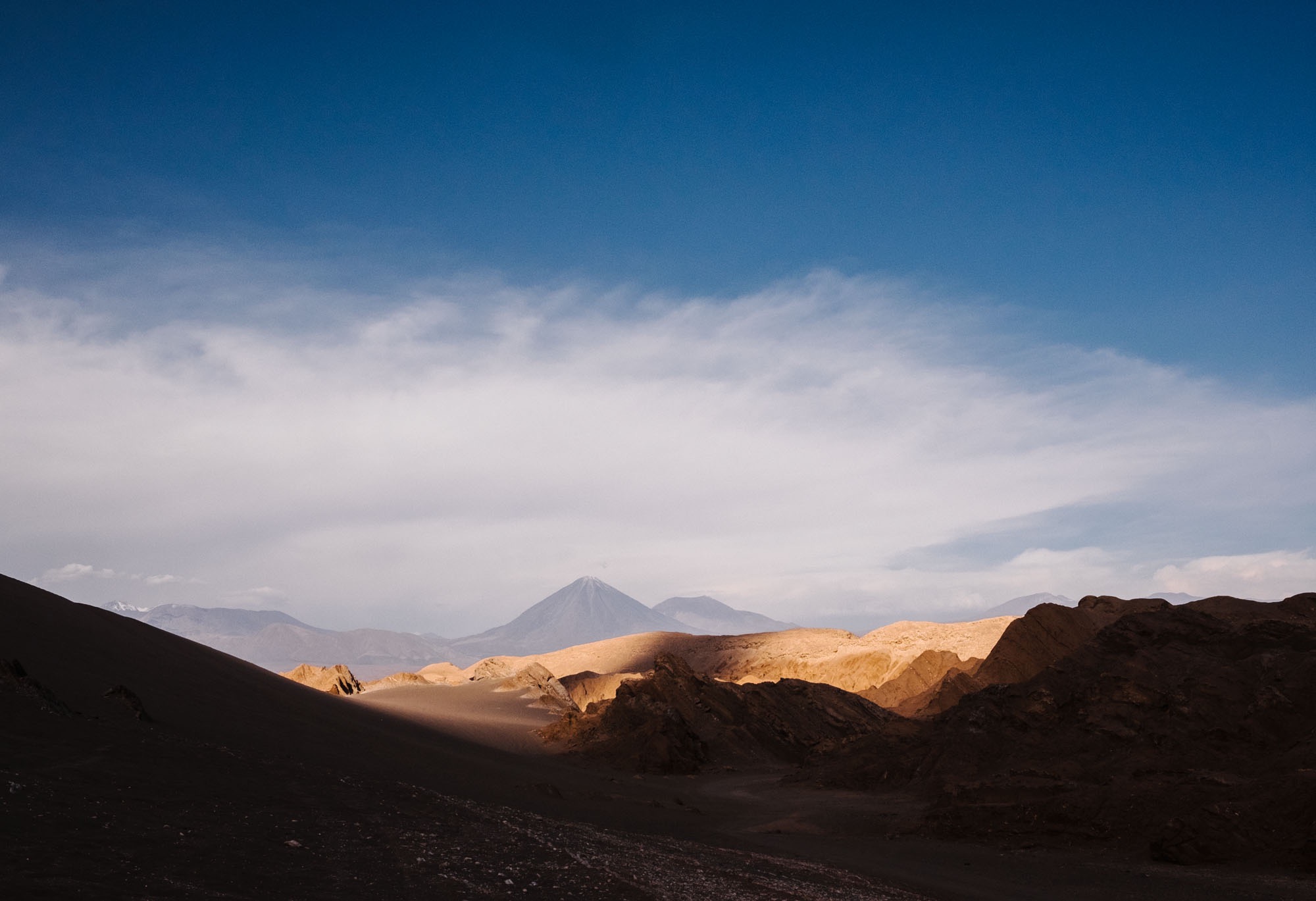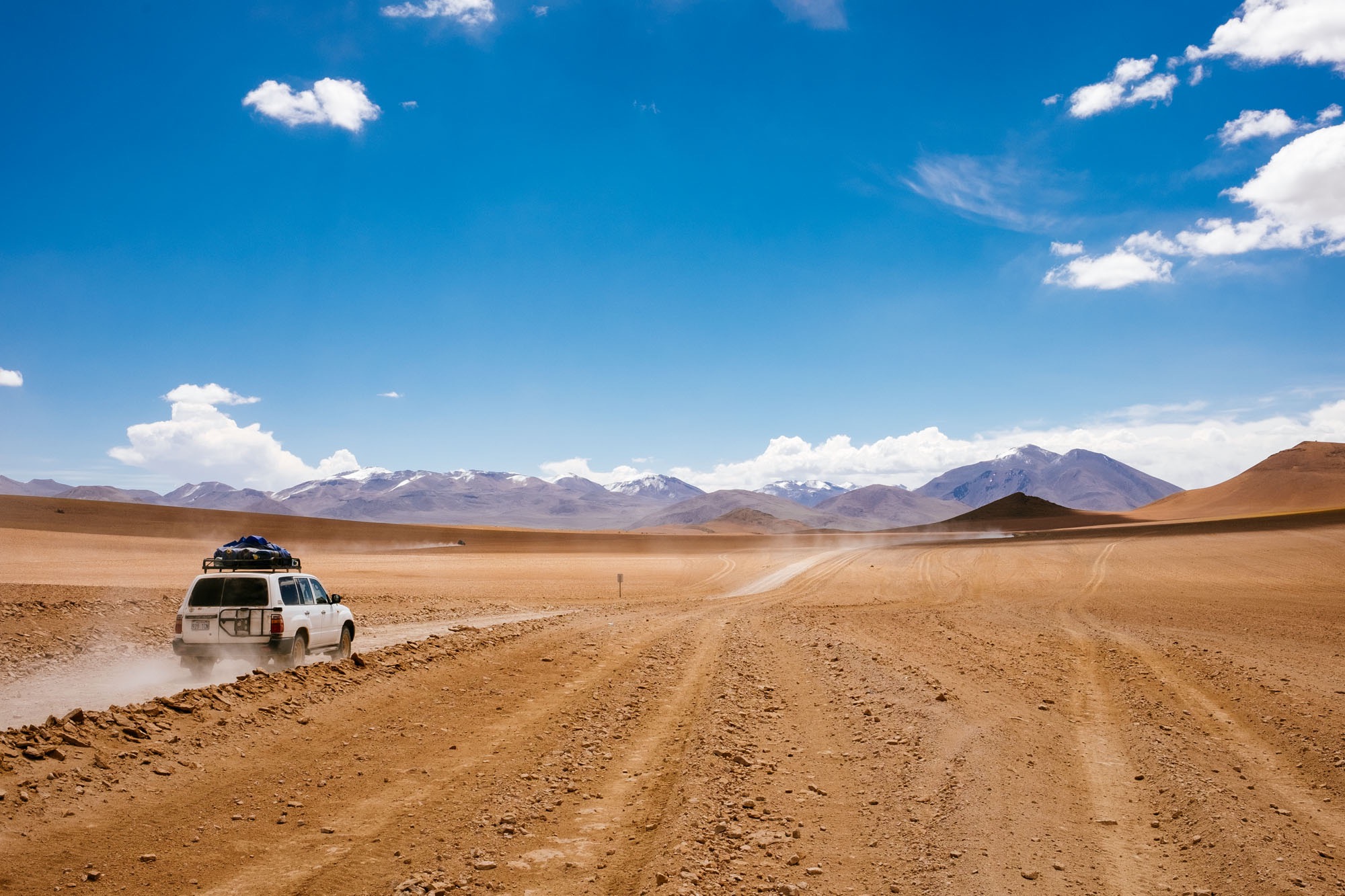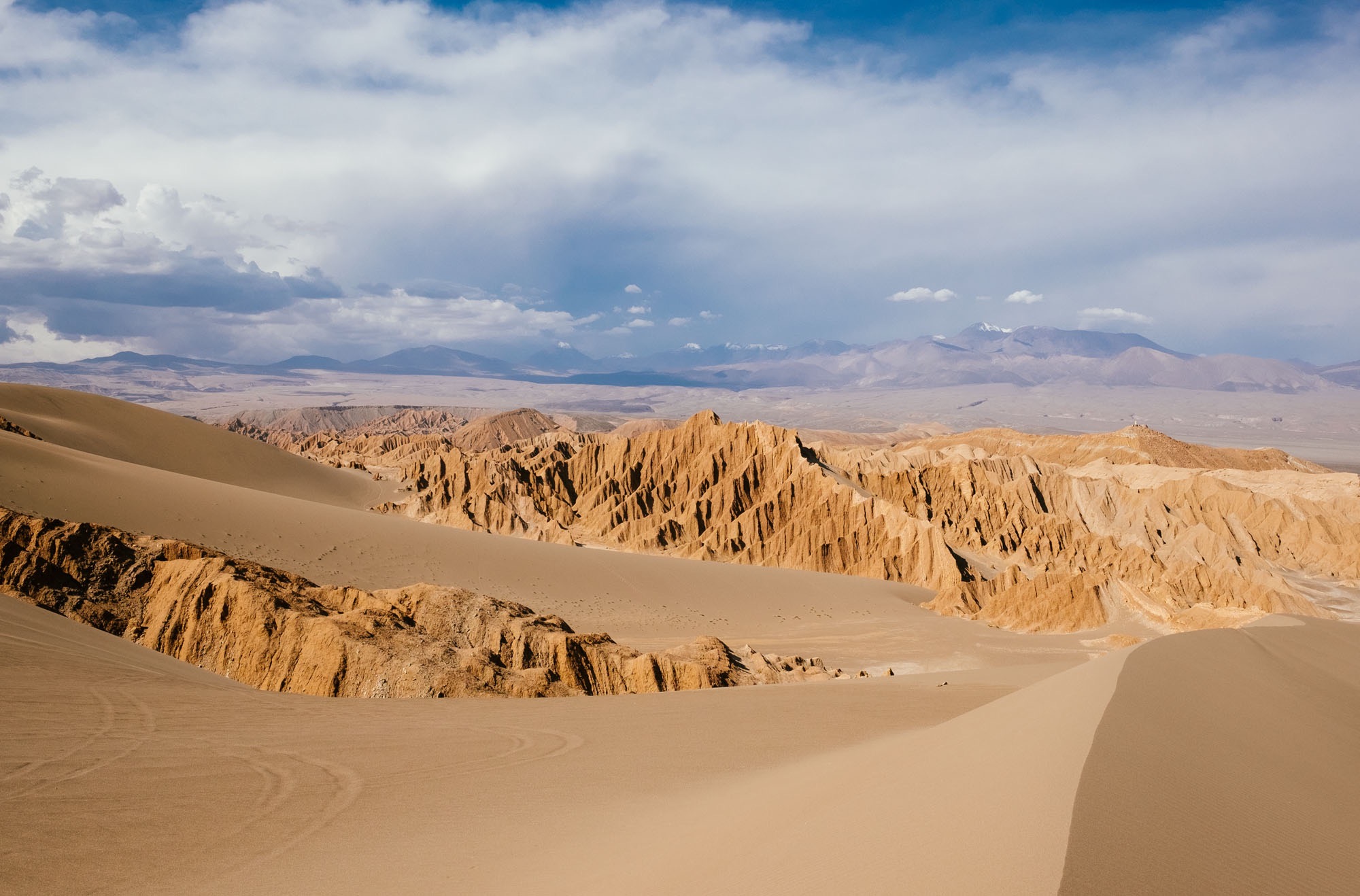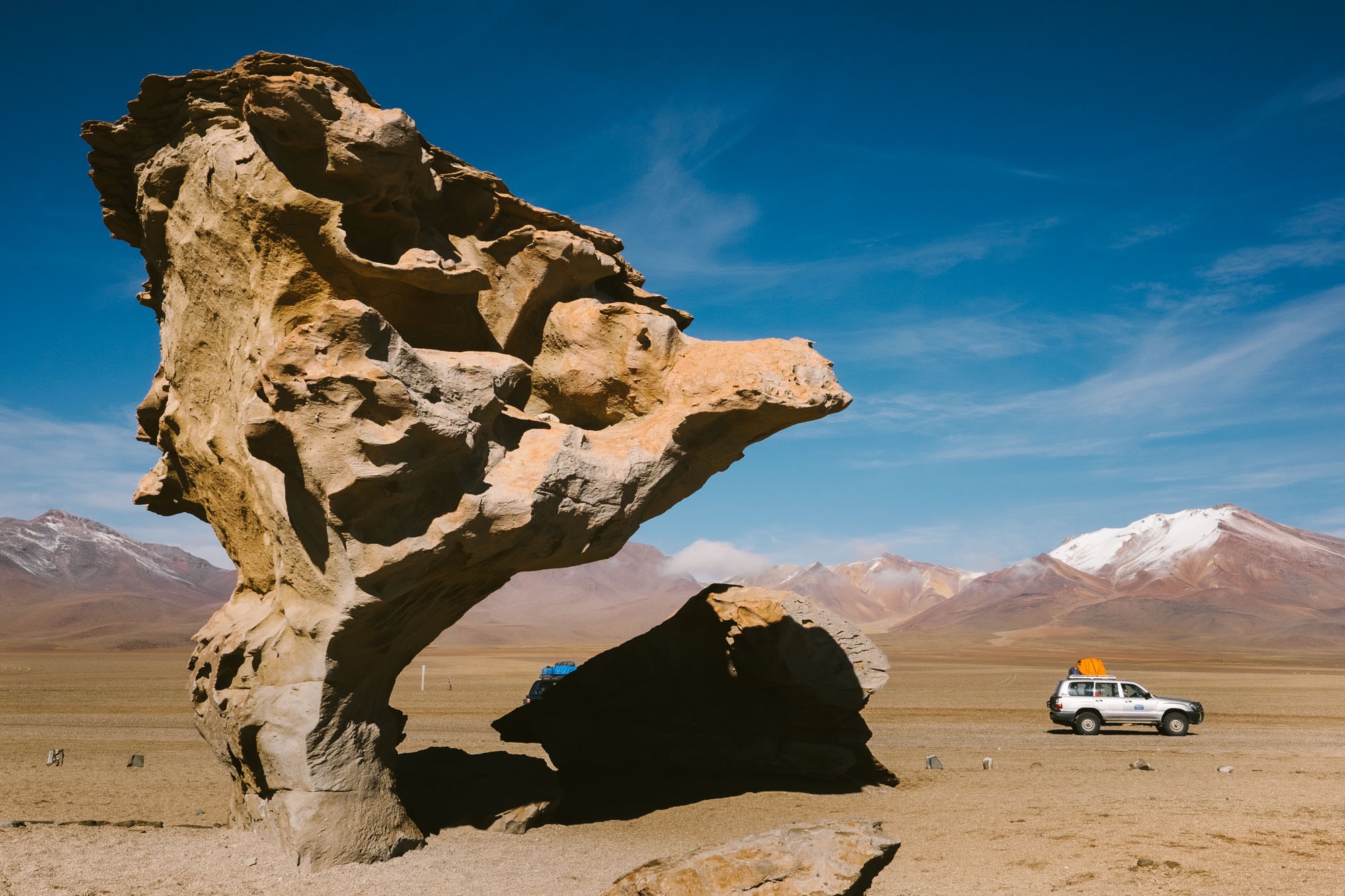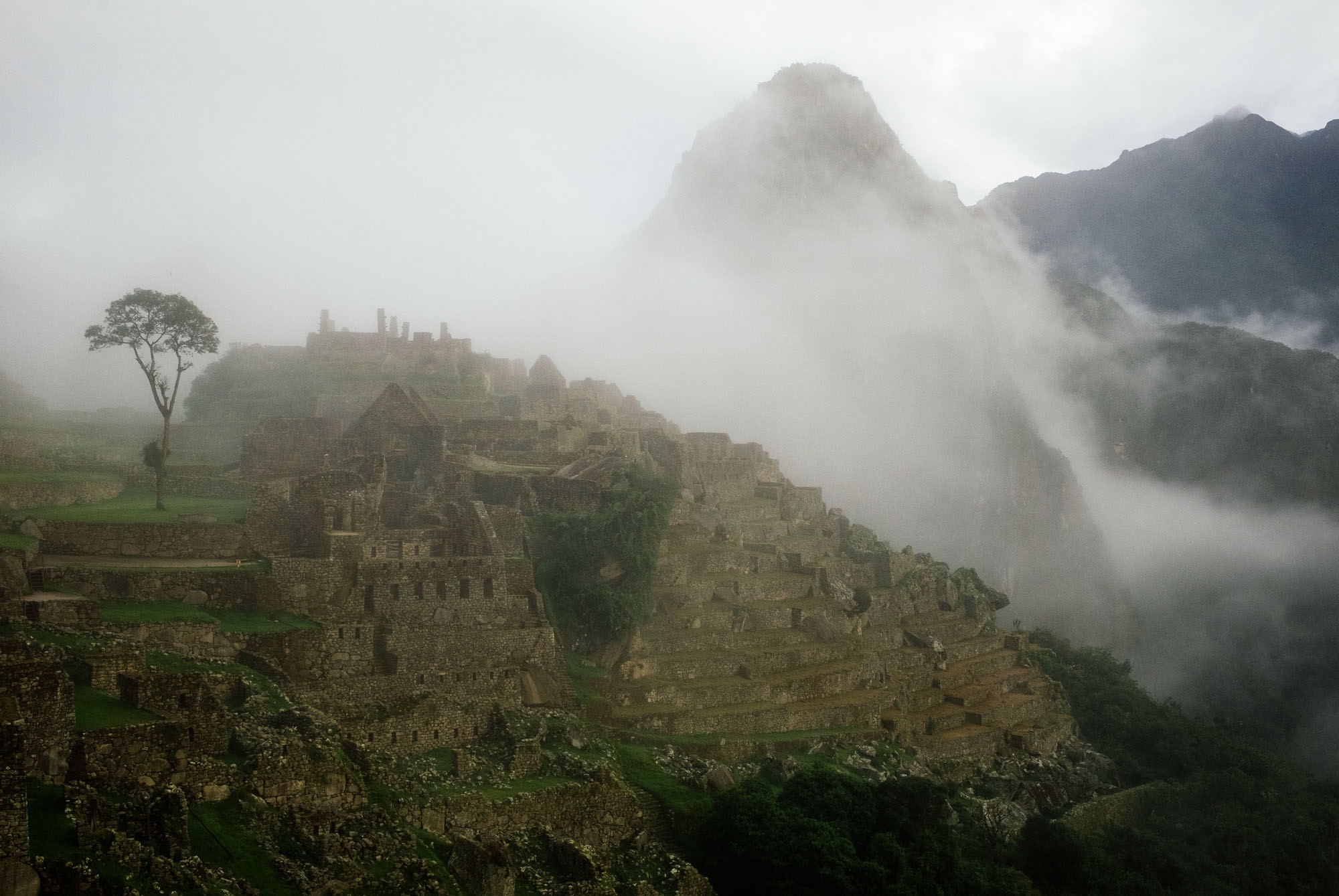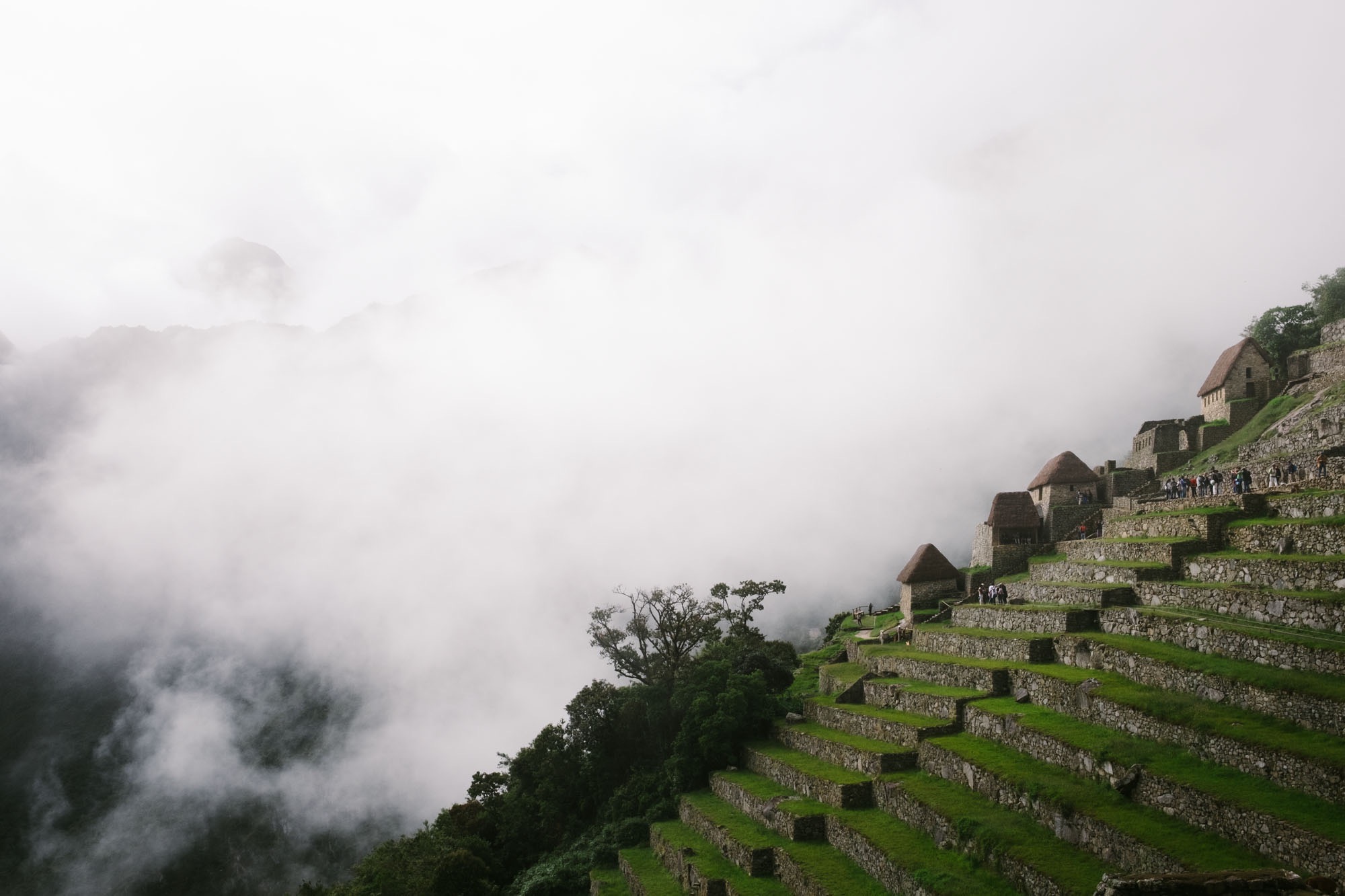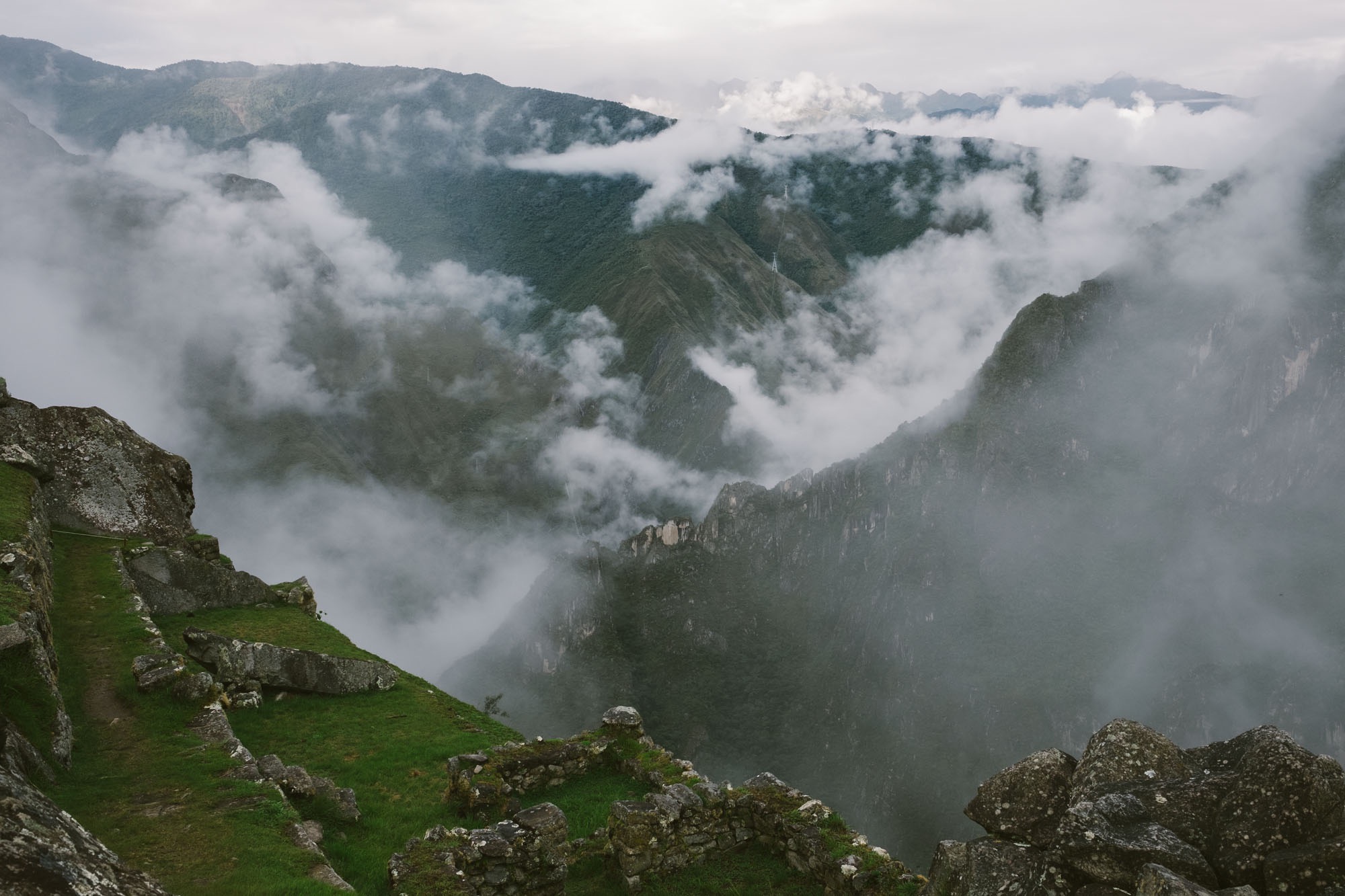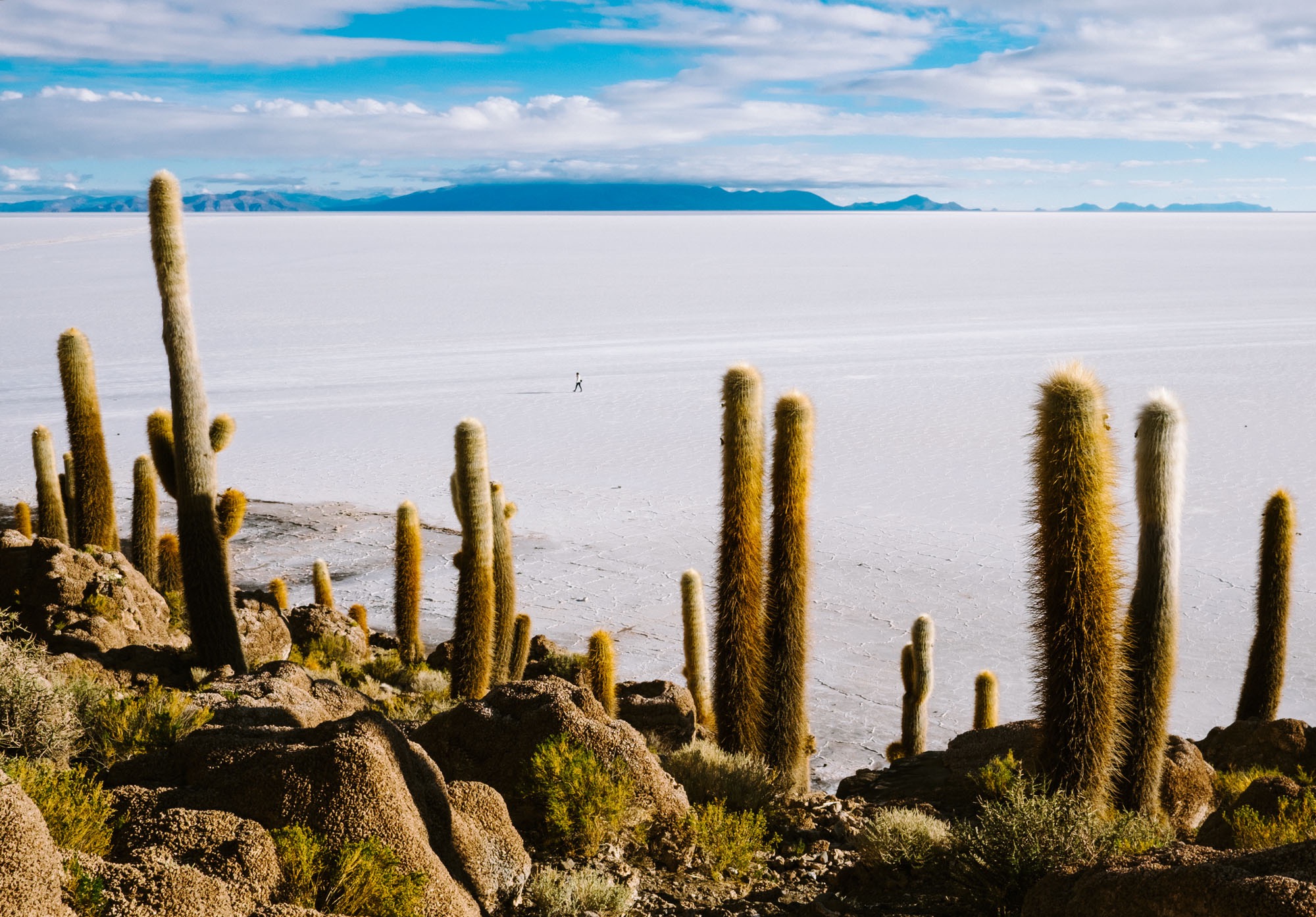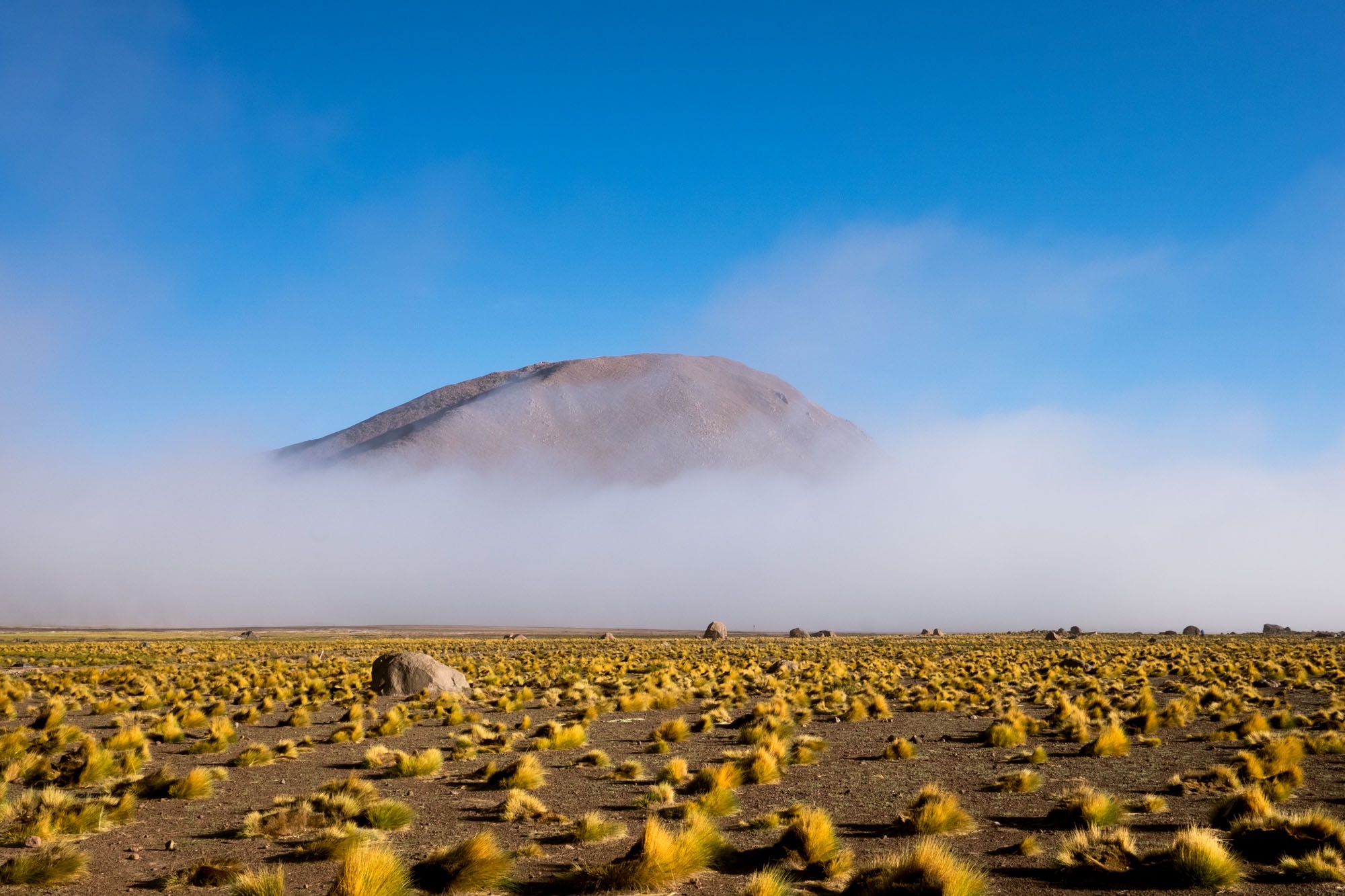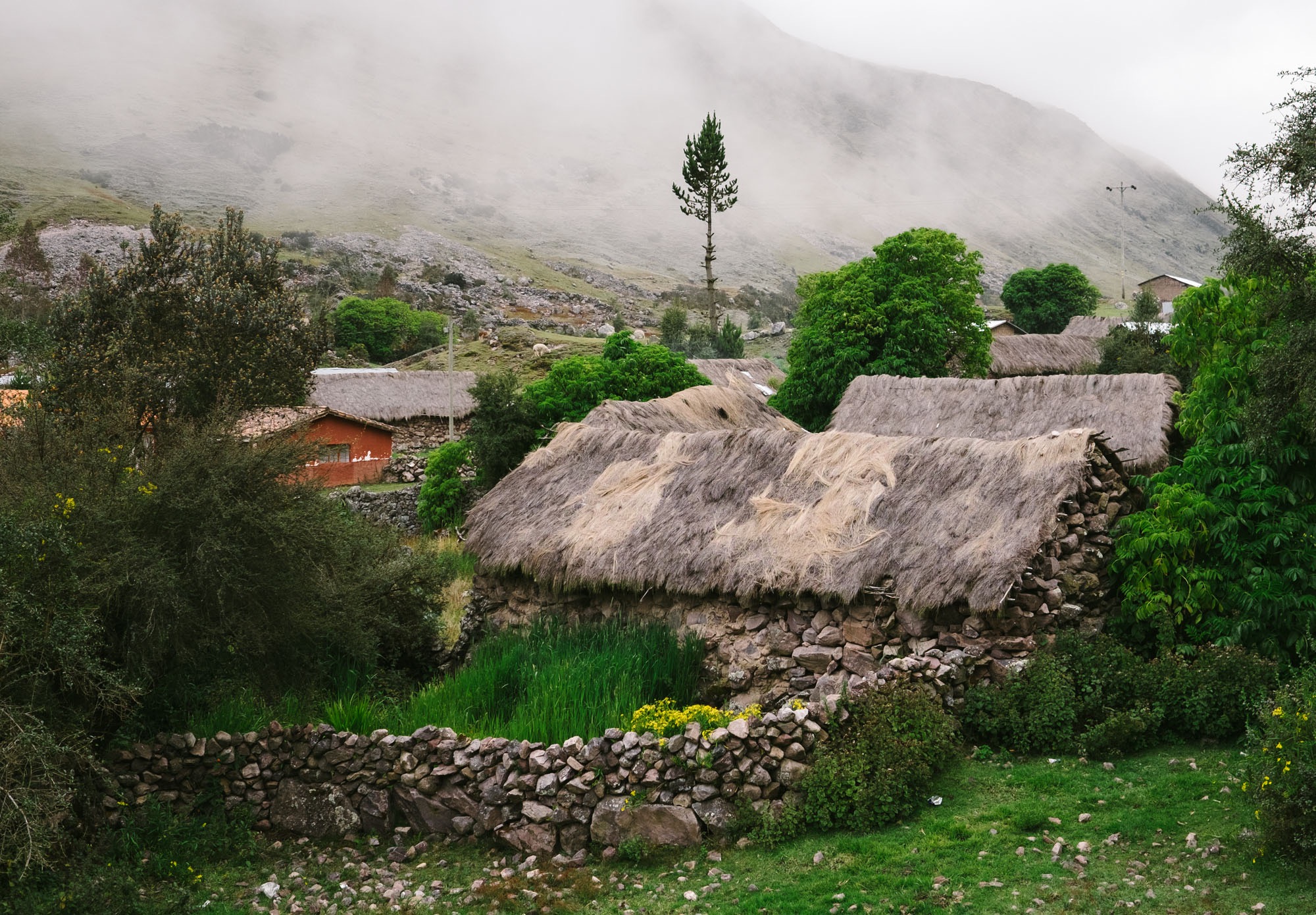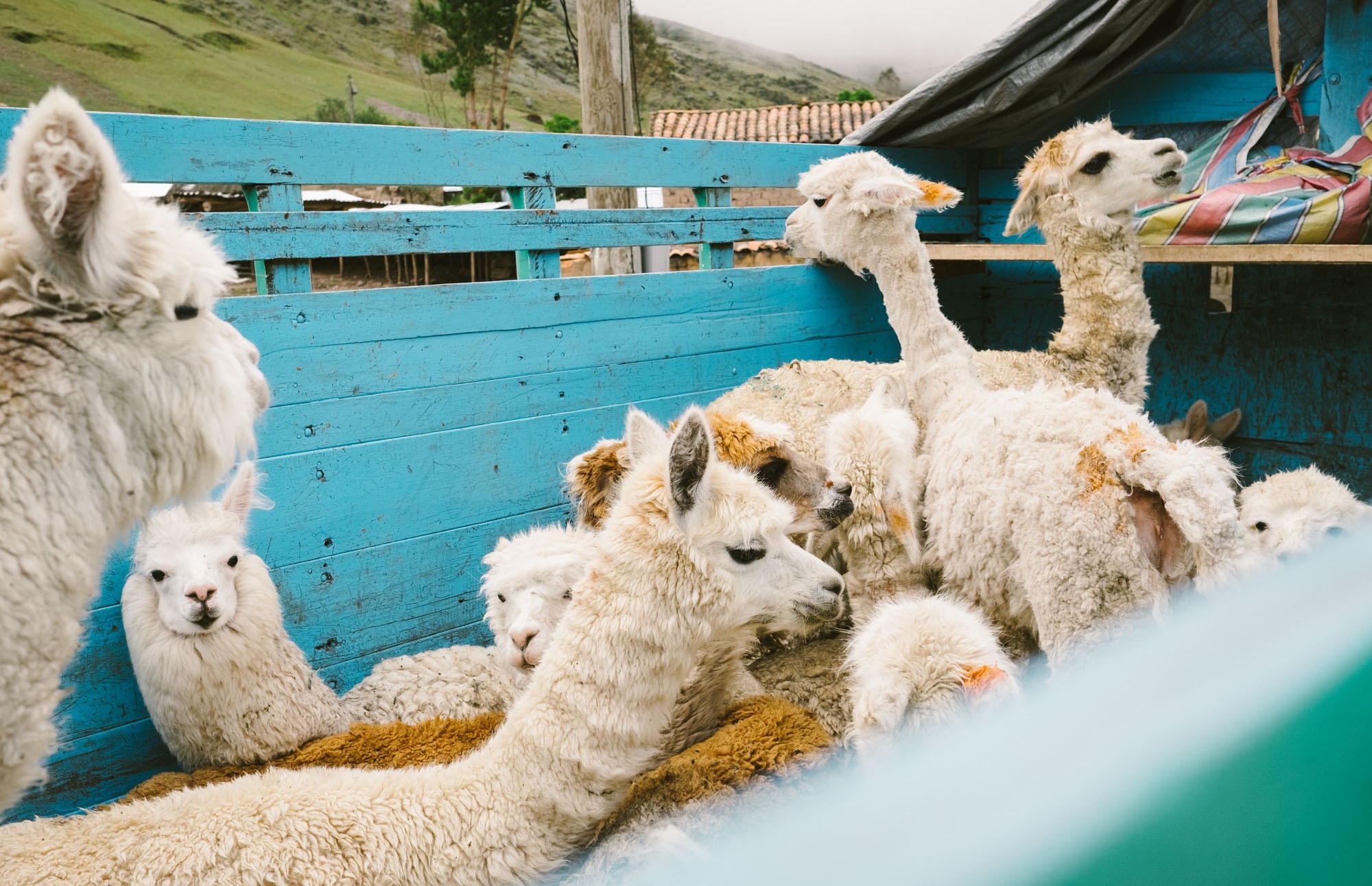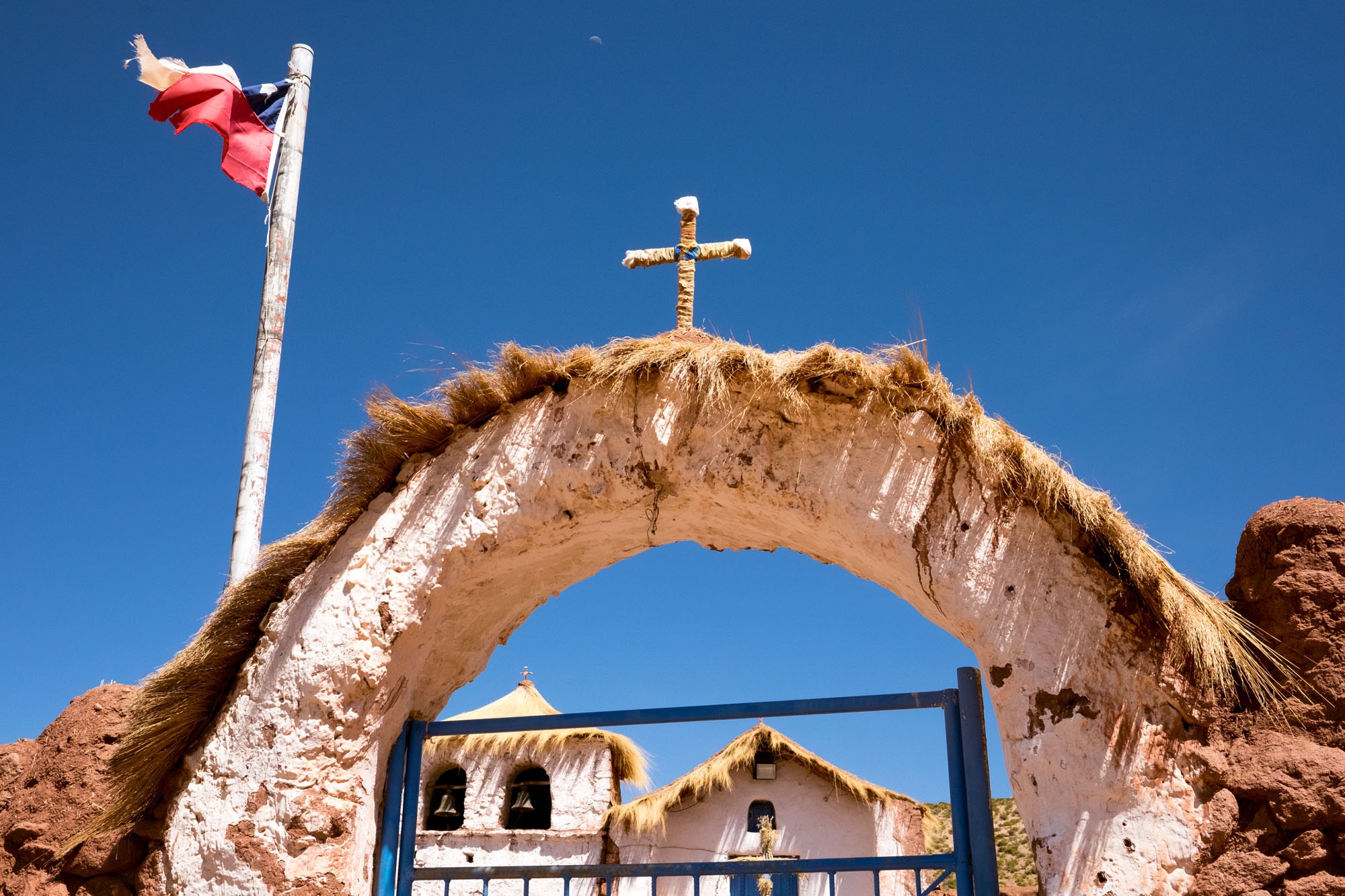Introduce yourself!
I'm a visual storyteller based in Los Angeles, specializing in travel and editorial photography. Because I travel for the connection from my soul to the earth to the people, I am always seeking to capture and understand the identity of the region I’m visiting in hopes to become a more well-rounded storyteller, and person. Traveling allows me the opportunity to leave my comfort zone and expand my worldview -- it humbles me, challenges me, exhilarates me, surprises me, and evolves my artistic spirit.
How does photography influence the way you travel and see the world around you?
I think the influence goes both ways: everywhere I travel I am constantly educated by history and culture, and I use that knowledge to inform my photography. My goal is to tap into the pulse of my personal experience and the scenery surrounding me in order to best translate that into a still image. I look for visual clues that can help tell a story, or add depth and meaning to a still photograph. Photography then influences how I travel because my curious eye is always seeking serendipitous moments, resulting in adventurous expeditions that often take me down the road less traveled. My open-mindedness combined with my insatiable wanderlust leads me to explore places that are more remote, unusual, and strikingly beautiful -- often making for unique photographic opportunities.
What sparked your interest to travel to South America? Which countries/regions did you visit?
I’ve had a long standing interest in South America the past few years -- largely due to the spectacular natural wonders and colorful culture. This trip marks my third journey to the continent and was planned around having three key experiences: traversing the Altiplano lakes & high elevation geysers in the Atacama Desert in Chile (the world's driest desert), seeing the Salar De Uyuni in Bolivia covered with water (which turns it into a mirror), and exploring Machu Picchu in Peru on my 30th birthday.
How did you plan for your trip? How did you navigate between each region?
I traveled through 3 countries in 28 days, starting in San Pedro de Atacama and ending in Lima, Peru. I largely depended on buses and shared taxis for transportation between each country and city, as that is the cheapest and most common way to get around in South America. When I crossed the border of Chile / Bolivia, I booked a one-way 4x4 tour that takes you on a three-day adventure throughout the Bolivian Southwest. This excursion not only helped get me from one country to the next, but was one of the highlights of all my travels thus far.
The gist of the experience is that you spend a lot of time in a Toyota Land Cruiser, with frequent stops for scenery that included multiple lakes of all colors (red, green, blue, white), volcanos, bizarre wind-swept rock formations, flamingos, vicuñas, quinoa farms, and geysers. The trip ends with a sunrise viewing of the Salar de Uyuni (the world’s largest salt flat). I traveled during the rainy season, with the expectation to see the Salar covered in water because I read that it gives the appearance of a giant, endless mirror. The night before our sunrise viewing, a heavy rainstorm compromised our chances of being able to cross the Salar (if there’s too much rain, the salt water can damage the vehicles), so our guide had us all drink some quinoa beer and then “pour some out” to appease Pachamama (Mother Earth). The superstitious ritual must have worked, because the Salar wasn’t terribly flooded and we were able to travel to the most center point of the Salar and explore Isla Incahuasi (a coral island covered in giant cacti). The mirror effect not only exceeded my expectations, but was also one of the most spectacularly beautiful mornings of my life.
You built your trip around experiencing some of South America’s most fascinating landscapes. How would you describe each of those unique experiences? What would you say differentiated each landscape you explored from each other?
I think the fun part about visiting these landscapes on the same trip is that they are all so very distinct from each other. While both are remote, the Atacama Desert and the Southwest region of Bolivia are largely uninhabited and seemingly barren. Aside from a sprinkling of small adobe homes, I almost never saw any villages or human impact -- just endless desert and big sky. Machu Picchu, on the other hand, is an ancient, formerly hidden city considered a highly sophisticated, architectural marvel that leaves clues to a once thriving, complex civilization set in the lush jungle of the Andes. Despite their differences, I was equally mystified by the history of the Incas and the minimalism of the Atacama Desert -- the latter being home to surreal natural wonders that are unlike anywhere else in the world, and the former being rich with beautiful farmland, friendly people, and dramatic mountain peaks.
One of the more memorable landscapes for me was visiting the Valley of the Moon in the Atacama Desert, Chile. The valley is filled with stone and sand formations which have been carved by wind and water, giving the landscape a rich texture and bizarre look (similar to Death Valley in California). I happened to travel there at an opportune moment, where weeks before they had received a tiny bit of rain. The rain stimulated the salt in the earth, so the entire valley floor appeared white (hence the name: Valley of the Moon). This was a rare sight given that this area is considered the driest desert in the world and can go years without receiving a drop of rain, so I felt pretty lucky to see this place living up to its name.
What recommendations can you share for future travelers also interested in exploring the region?
I highly recommend making the journey to San Pedro de Atacama in Chile. This town was like a little oasis in the desert, with a charming whitewashed adobe village filled with incredible restaurants, spas, and a plethora of adventures that depart daily. I stayed at Planeta Atacama, just outside of town. The owner, Juan, built the adobe cabins himself and is a wonderful host with great recommendations for what to do and where to eat. It’s perfect for couples and small groups of friends. In Peru, I highly recommend breaking up the long bus ride from Cusco to Lima by stopping in Nazca and doing the scenic flight over the Nazca lines. It’s a really cool experience you won’t find anywhere else. If you’re looking at doing a multi-day trek in the Andes to Machu Picchu, I could not recommend the fine people at Wayki Trek more. They were amazing from start to finish and also under indigenous management.
How did this trip differ from trips you’ve taken in the past? What surprised you most about your experience?
For the most part this trip wasn’t terribly different from how I normally travel and plan my journeys, but it did mark the first time I ever traveled independently to a third world country. It was more work to prepare before I left because I knew that most of the time I would be out of my comfort zone in countries where I didn’t speak the language. Other than a brutal 24 hour food poisoning experience and a few transportation snags, it was mostly stress-free and I was so glad I chose to travel independently (instead of taking an organized tour). I was most surprised by how moved I was at Machu Picchu. This world heritage site is one of the most photographed and famous travel destinations in the world -- practically everyone who wants to travel has heard of it. I had always been excited to see it, but actually experiencing it in real life (on my birthday, no less) was beyond anything I had imagined. Rarely do things live up to the hype in our over-saturated world of photos floating around the internet, but Machu Picchu is special beyond words.
What would you like people to know about your experience within the regions that is little known?
I think most people tend to think the South American diet consists of a lot of quinoa, but in actuality the locals rarely eat quinoa because it’s too expensive due to the high demand of exporting it back to the U.S. and other countries. For the most part, people living in rural communities eat a largely vegetarian diet, only eating meat on special occasions (like birthdays). Their connection and appreciation of the land influences them as well -- they don’t over consume or waste anything, which is a very mindful way to live that I truly believe we can all take a lesson from.
What is your favorite/funniest memory from your trip? Is there a particular moment you would relive given the opportunity?
I would love to re-live the experience of seeing the Salar de Uyuni at sunrise -- it is without question one of my favorite memories. The other memory that sticks out as a favorite was when I was surprised with a birthday cake during my three-day hike in the Andes. Our hiking company provided us with a guide, two chefs, and porters for our luggage and camp supplies. They were all wonderfully warm, hardworking people who made the long days of hiking the steep, rugged mountain trails incredibly comfortable for us. The last night we were with them, I noticed our chefs continuing to cook well after our dinner had been served. When I asked about why they were still working so late, my guide kind of winked at me and explained that they were making something special for breakfast. When I woke up, my tent was covered in colorful ribbon streamers and balloons, and the chefs had prepared a birthday cake for me that was hilariously written to say: “Feliz Dia Jimmifer”. They then all sang “Feliz Cumpleaños” to me and I was incredibly moved by their thoughtfulness with this lovely gesture for my 30th.
Travel has a tendency to look very glamourous, though that is not always the case. What types of challenges have you had during your travels and how did you overcome them?
When you travel independently -- especially in a third world country -- there are a mountain of challenges you might face on a daily basis. I experienced the bulk of my challenges with transportation. While it is quite cheap in South America, there is little to no quality oversight for bus companies and shared taxis. Before I left, I read a lot of horror stories of luggage being stolen during overnight bus trips, and I felt especially vulnerable as a woman traveling solo (thankfully this never happened!). It was also difficult to know which company to trust, as there is an overwhelming surplus of options at every bus terminal. The best way to prepare for this is to do a lot of research beforehand (I use TripAdvisor as my main online resource), and to ask returning travelers about their experience. Hostels are also a great resource.
South America transportation is also not terribly well organized -- it was very common for my bus to arrive late and risk me missing my connecting bus because the driver would often stop and unofficially pick up local hitchhikers on the side of the road, so be flexible and patient with this process. Consider shorter bus rides and stay overnight in connecting cities that you may not have otherwise thought to visit. Shared taxis can be as crazy as they are made out to be in online forums -- we had a driver who went many multiples over the speed limit on a narrow, windy mountain road, during a thunderstorm, and repeatedly crossed over to the oncoming traffic lane (especially frightening when he hit blind spots, which was often). This was not something I was comfortable with and made me very tense, but I used my awkward Spanish to communicate to him that I would appreciate he slow down because I was feeling car sick (instead of criticizing his driving, which I assumed would not go over well).
Another challenge that I don’t feel is often talked about with travelers is the experience of being lonely or having a bad day on a trip. Traveling for a long period of time often means you face the same ups and downs you might have at home, but your friends, family, and social media followers perceive that you’re having a blast all day every day. Truthfully I have days when I travel where I’m tired, sick, or just not really connecting to the destination. I simply won’t feel like doing anything at all, but will battle an internal struggle that makes me feel like I should always be doing SOMETHING so as to best take advantage of my time there. I’ve overcome this internal struggle by always scheduling mandatory down time between destinations. I believe that not every day needs to be full of activities, and my body and mind deserves time to rest so that I can be more present and in the moment.
Do you have any final words of advice?
My best advice is to LEARN SPANISH! I regret not having taken more time to get better conversational skills down, as it would have been so helpful when problems arose and when I wanted to connect more with the locals. If you travel to South America independently, do a lot of research beforehand about where you’re planning to go (I used the website Rome2Rio.com to help give me an idea beforehand), especially when it comes to transportation. Give yourself plenty of time to get between each region in case your plans change. When photographing in foreign countries, try to be sensitive and aware of your surroundings. Bolivian women, for example, are extremely uncomfortable with their photograph being taken and you have to earn their trust. As a general rule, I believe you should earn everyone’s trust when looking to make a portrait. When you are taking a photo, you are quite literally taking the essence from your subject, and if there is trust established going into creating your portrait it is far less likely to seem exploitative and, in turn, more meaningful.
What’s next for you?
I’m currently doing a lot of road trips throughout the American West, to continue working on my personal project See America First! I’m still figuring out where I want to go for my 31st birthday next year -- my current thinking is Morocco -- and my dad and I are planning to visit Antarctica next winter.
To see more of Jennifer's stunning travel photography, be sure to visit www.jenniferemerling.com and follow her @jemerling on Instagram.
Images Courtesy of Jennifer Emerling
DID THIS STORY HELP YOU?
If you enjoyed this piece and would like more content like this, please consider a donation to Spirited Pursuit - we'd be so grateful!


